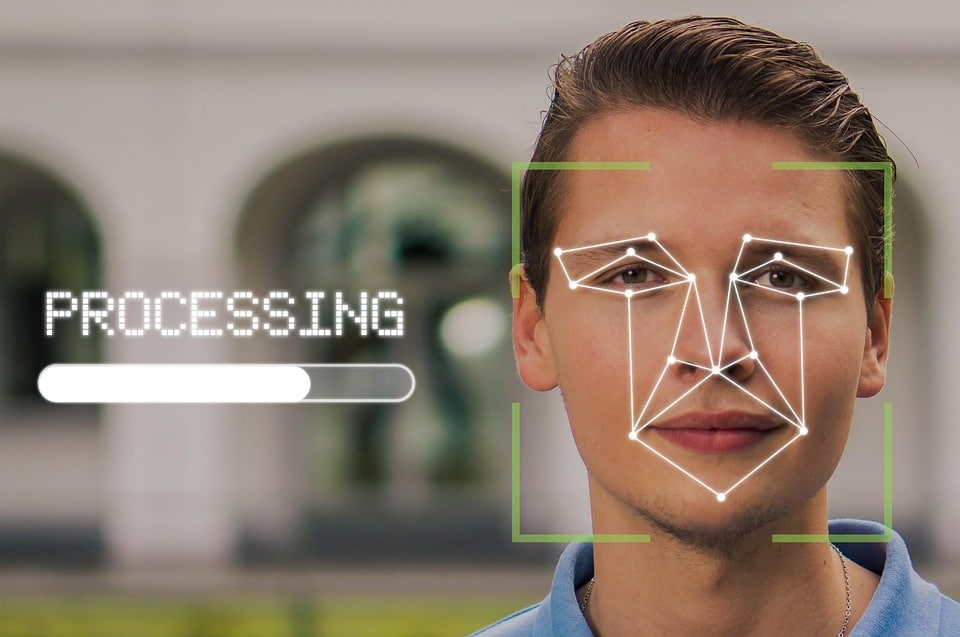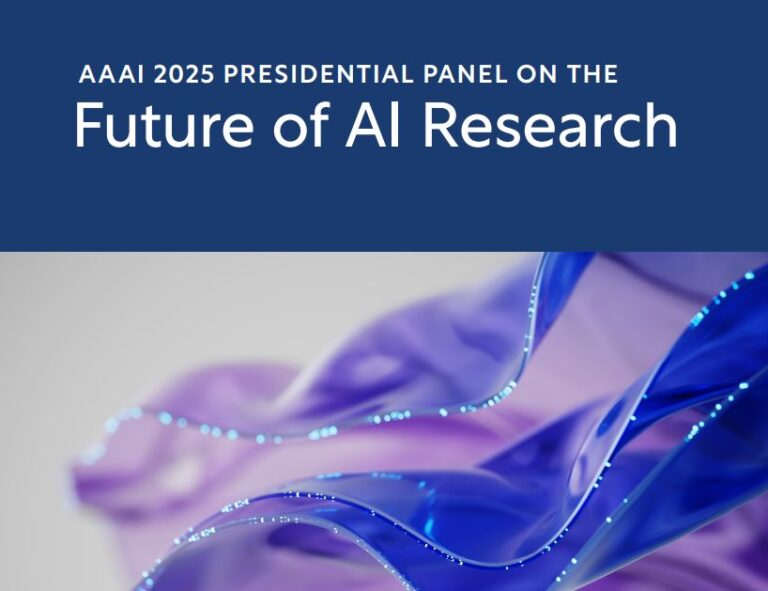AI Tools for Enhancing Facial Recognition Accuracy: A New Era of Precision and Innovation
Facial recognition technology has evolved from a niche scientific curiosity to a cornerstone of modern security, authentication, and user experience systems. However, achieving high accuracy in facial recognition remains a complex challenge, as systems must contend with variables like lighting conditions, facial occlusions, aging, and diverse populations. Artificial intelligence (AI) has emerged as a transformative force in addressing these hurdles, enabling more reliable and robust facial recognition solutions. From deep learning models to advanced data augmentation techniques, AI tools are redefining the boundaries of what’s possible in this field. This article explores the key AI technologies driving improvements in facial recognition accuracy and their real-world implications.
The Importance of Accuracy in Facial Recognition
Facial recognition systems are used in everything from unlocking smartphones to border security and surveillance. However, inaccuracies—such as false positives (incorrectly identifying someone) or false negatives (failing to recognize a legitimate user)—can have serious consequences. For example, a misidentification in a security system could lead to wrongful arrests, while a failed authentication might lock out authorized users. Enhancing accuracy is not just a technical goal but a critical requirement for trust, safety, and fairness.
Key Challenges in Facial Recognition
Before diving into AI solutions, it’s essential to understand the obstacles:
- Variability in Input Data: Lighting, angles, and environmental conditions can distort facial features.
- Occlusions: Masks, glasses, or hair can hide key facial landmarks.
- Aging and Appearance Changes: Faces evolve over time, affecting recognition consistency.
- Diversity and Bias: Systems often struggle with accuracy across different demographics, leading to ethical concerns.
- Privacy and Security: Ensuring data protection while improving performance is a growing priority.
AI tools tackle these challenges through advanced algorithms, data processing, and innovative approaches to model training.
AI Tools Driving Accuracy Improvements
1. Deep Learning and Convolutional Neural Networks (CNNs)
The backbone of modern facial recognition is deep learning, particularly CNNs. These networks excel at extracting hierarchical features from images, such as edges, textures, and facial landmarks. By training on vast datasets of faces, CNNs can generalize patterns and reduce errors. For instance, models like FaceNet and DeepFace use deep learning to map facial features into high-dimensional vectors, enabling precise comparisons between faces.
- How It Helps: CNNs adapt to variations in lighting and angles by learning abstract representations of facial structures.
- Example: Google’s FaceNet achieves near-human accuracy by leveraging neural networks to capture unique facial traits.
2. Generative Adversarial Networks (GANs) for Data Augmentation
GANs generate synthetic facial data to expand training datasets. This is crucial for improving accuracy in edge cases, such as low-light scenarios or rare demographic groups. By creating diverse face images, GANs help AI models generalize better and reduce biases.
- How It Helps: Adds variety to training data, ensuring systems perform well under unpredictable conditions.
- Example: Researchers use GANs to simulate aging effects, helping systems recognize individuals across different life stages.
3. 3D Facial Modeling and Depth Sensing
Traditional 2D facial recognition systems can fail when dealing with variations in head pose or illumination. AI tools now incorporate 3D modeling and depth sensors (e.g., LiDAR or structured light) to capture facial geometry. This allows systems to recognize faces regardless of orientation or lighting.
- How It Helps: Provides a more comprehensive understanding of facial structure, reducing errors caused by 2D limitations.
- Example: Apple’s Face ID uses 3D depth sensing for secure and accurate authentication.
4. Transfer Learning and Pre-Trained Models
Transfer learning leverages pre-trained AI models (e.g., those trained on large datasets like ImageNet) to adapt to facial recognition tasks. This reduces the need for massive, labeled datasets and accelerates model development.
- How It Helps: Enables faster training and better performance with limited data, especially in niche applications.
- Example: Frameworks like TensorFlow and PyTorch allow developers to fine-tune pre-trained models for specific use cases.
5. Multi-Modal Biometric Integration
Combining facial recognition with other biometric data (e.g., voice, iris, or fingerprint) strengthens accuracy and security. AI systems can fuse these modalities to cross-verify identities, mitigating individual weaknesses.
- How It Helps: Reduces reliance on a single data source, making systems more resilient to spoofing or environmental challenges.
- Example: Border control systems increasingly use multi-modal biometrics to streamline passport checks.
6. Explainable AI (XAI) for Bias Mitigation
AI tools are now being designed to detect and correct biases in facial recognition models. Techniques like model interpretability and bias auditing help identify disparities in performance across different demographics, ensuring fairer outcomes.
- How It Helps: Addresses ethical concerns by improving inclusivity and reducing discrimination.
- Example: IBM’s Adversarial Fairness Indicators analyze model performance across groups to highlight and resolve biases.
Advanced Techniques for Real-World Applications
– Pose-Invariant Recognition
AI models are trained to recognize faces regardless of head movements or angles. This is achieved through techniques like 3D face reconstruction or using attention mechanisms to focus on key facial features.
– Dynamic Facial Analysis
Some systems use recurrent neural networks (RNNs) or transformers to analyze sequences of facial images over time, improving accuracy for video-based recognition.
– Anti-Spoofing Technologies
AI tools detect fake inputs (e.g., photos, videos, or masks) using texture analysis, micro-expressions, or liveness detection. For example, thermal imaging combined with AI can distinguish between real faces and printed images.
Case Studies: AI in Action
- Law Enforcement: Agencies like the FBI use AI-enhanced facial recognition to identify suspects from surveillance footage, even in low-quality images.
- Healthcare: Hospitals employ facial recognition for patient identification, with AI tools ensuring accuracy despite factors like facial injuries or surgeries.
- Consumer Tech: Companies like Meta and Apple integrate AI-driven facial recognition into their platforms, using neural networks to improve user experience and security.
Ethical and Privacy Considerations
While AI enhances accuracy, it also raises concerns:
- Bias and Fairness: Inaccurate recognition of underrepresented groups can perpetuate discrimination. AI tools must prioritize diverse datasets and fairness metrics.
- Data Privacy: Secure handling of biometric data is critical. Techniques like federated learning allow models to train on decentralized data, minimizing exposure risks.
- Regulatory Compliance: Adhering to laws like GDPR or CCPA ensures ethical deployment of facial recognition systems.
The Future of AI in Facial Recognition
As AI continues to advance, we can expect:
- Edge AI: On-device processing for faster, more secure recognition without relying on cloud infrastructure.
- AI-Enhanced Augmented Reality (AR): Applications like AR glasses could use facial recognition for personalized interactions.
- Evolutionary Algorithms: AI models that continuously learn and adapt to new data, improving accuracy over time.
Conclusion
AI tools are revolutionizing facial recognition accuracy by addressing long-standing challenges through cutting-edge algorithms and ethical practices. From deep learning to 3D modeling and multi-modal integration, these technologies are making facial recognition more reliable, secure, and inclusive. As the field progresses, balancing innovation with privacy and fairness will be essential to ensure trust and widespread adoption. The future of facial recognition lies not just in better accuracy, but in smarter, more responsible systems that serve diverse populations equitably.







